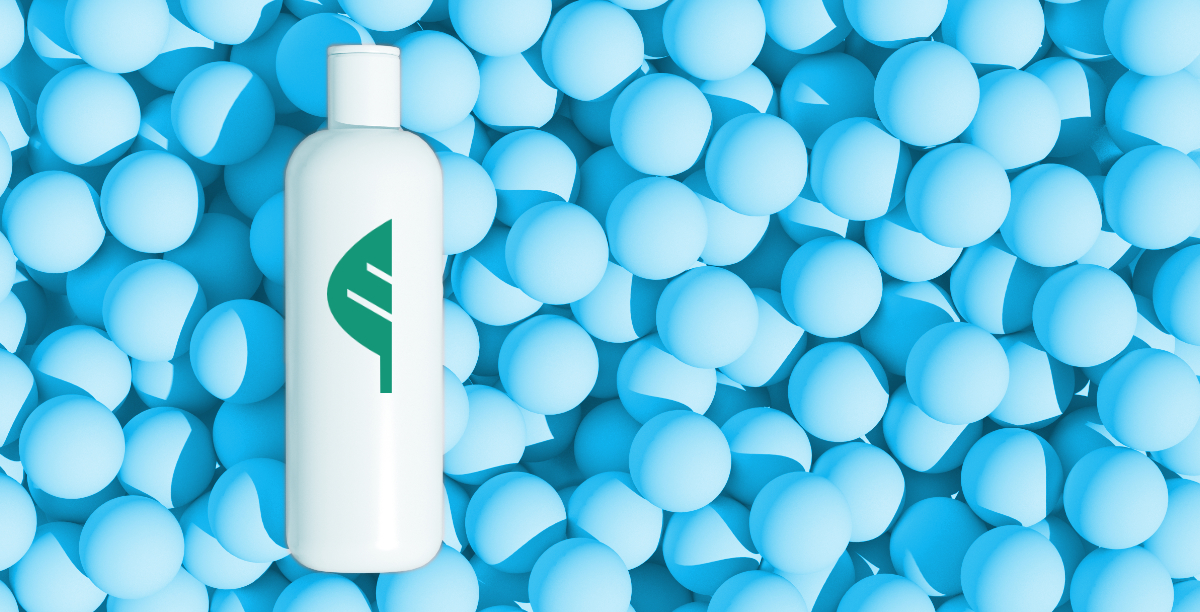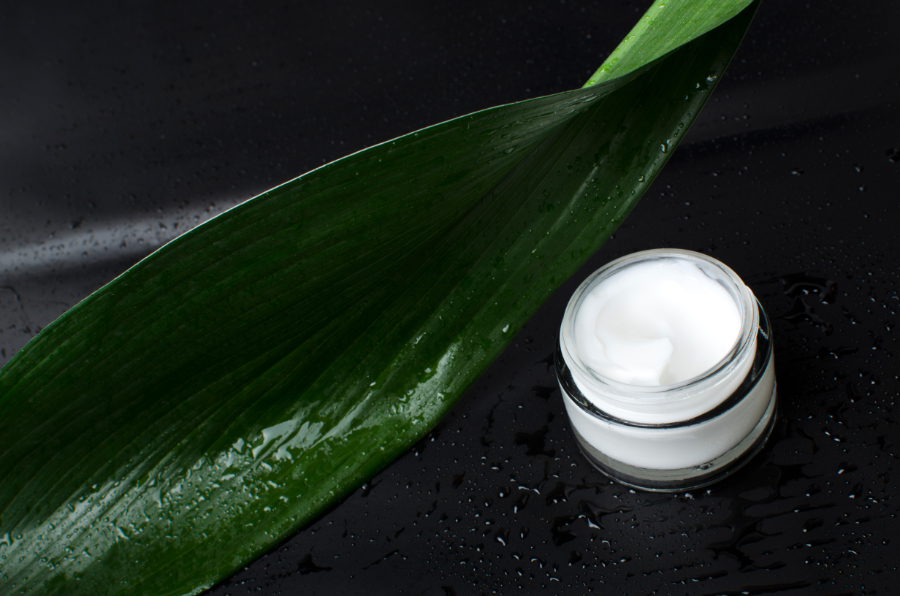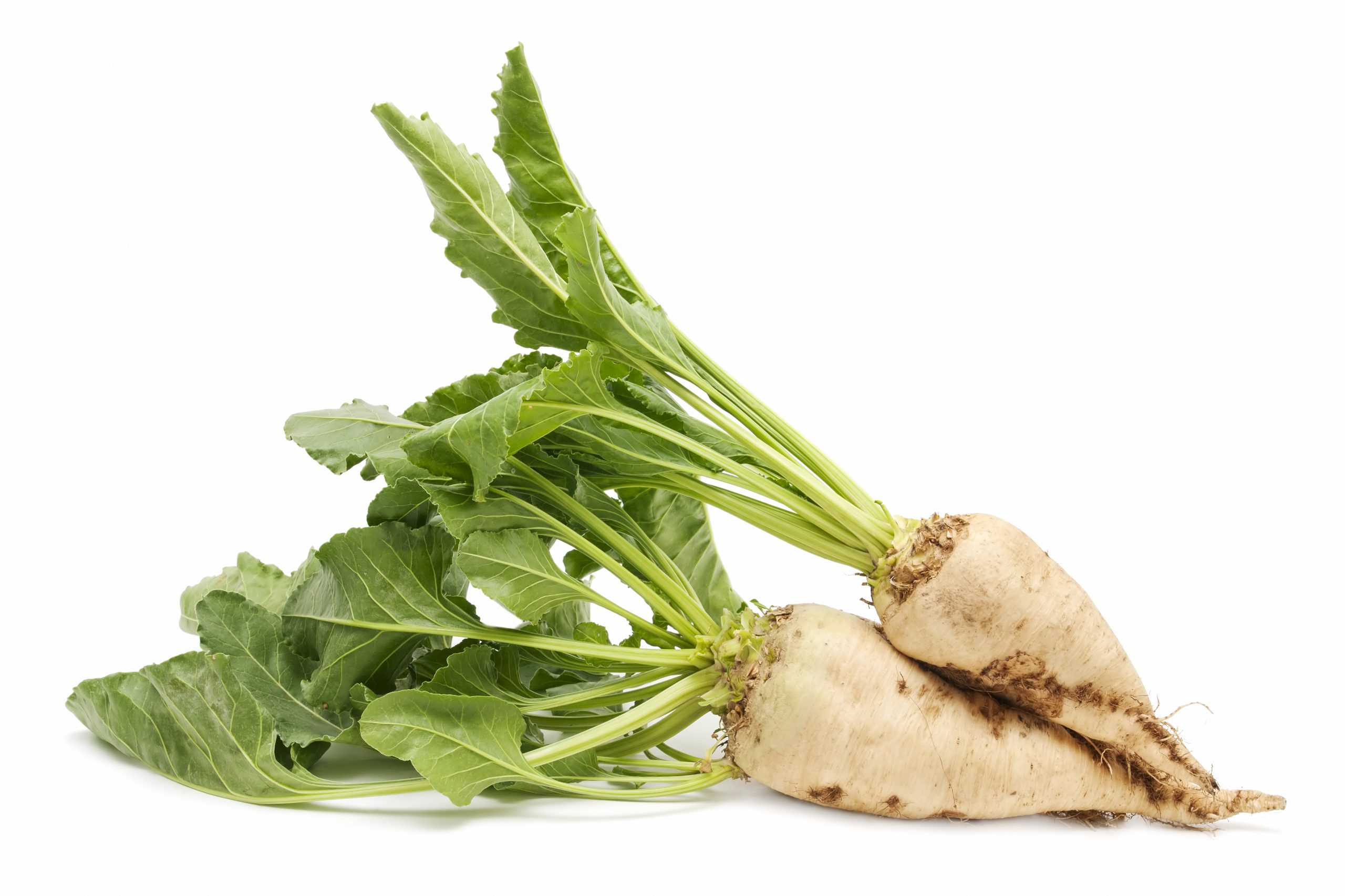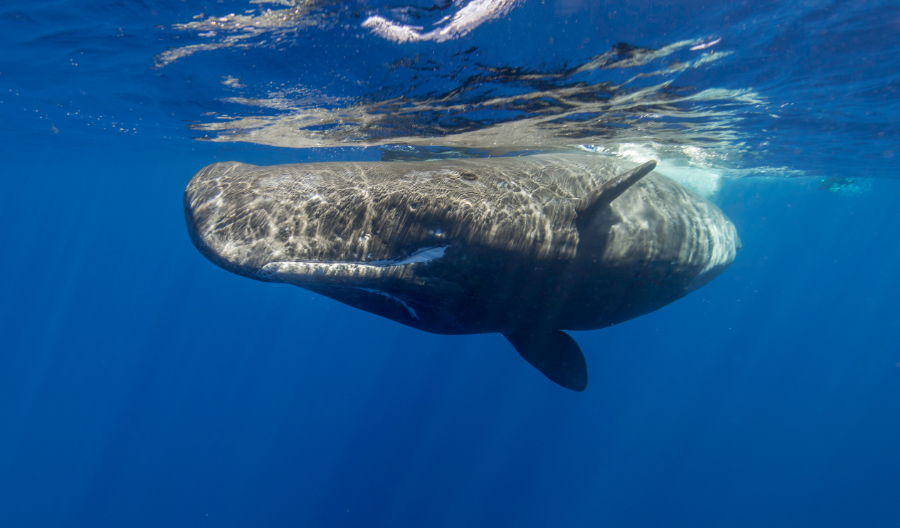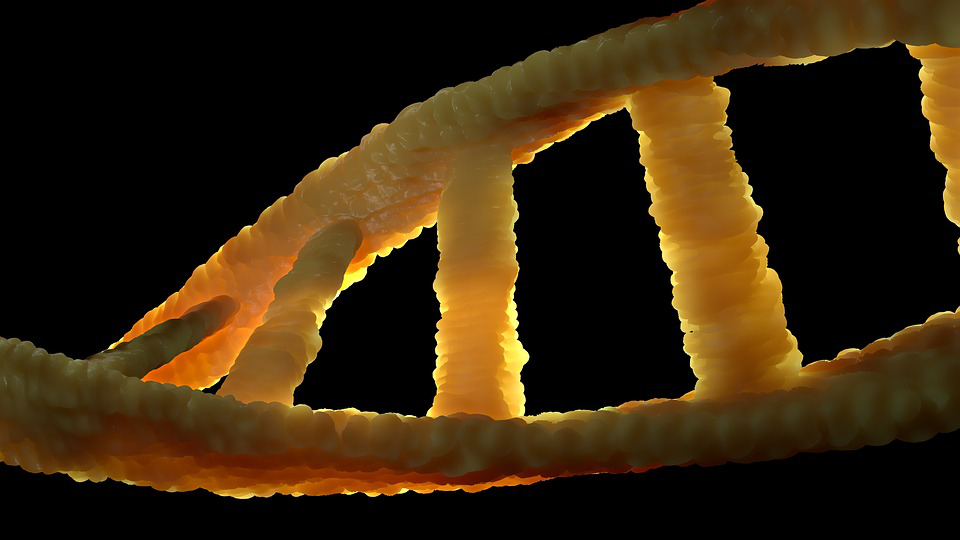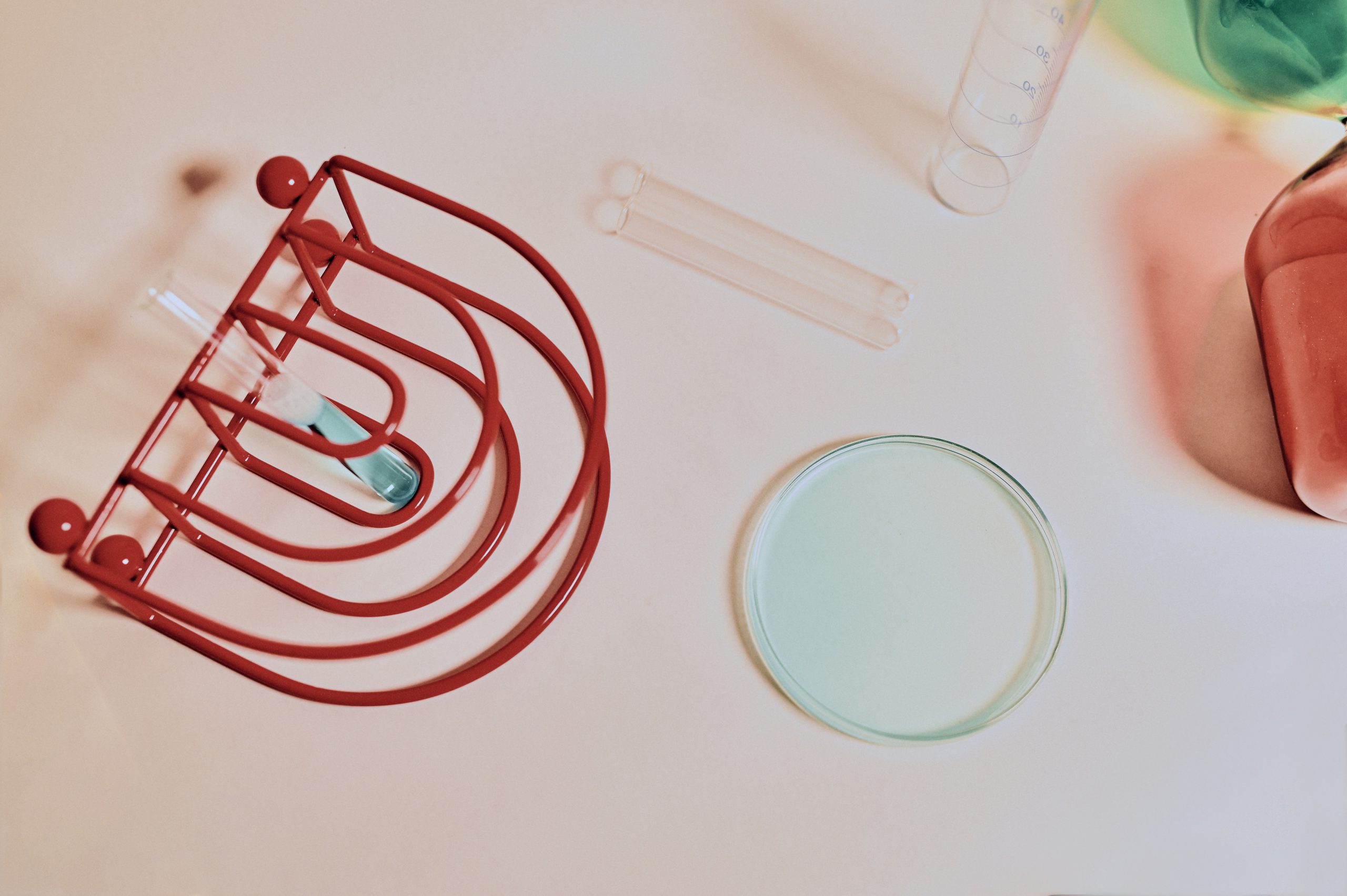
How biotech tools help to fight climate change
The recent climate change is caused by greenhouse gases absorbing some of the heat that the Earth radiates after it warms from sunlight, thus trapping this heat in Earth’s lower atmosphere, causing global warming. There are many approaches to reduce

